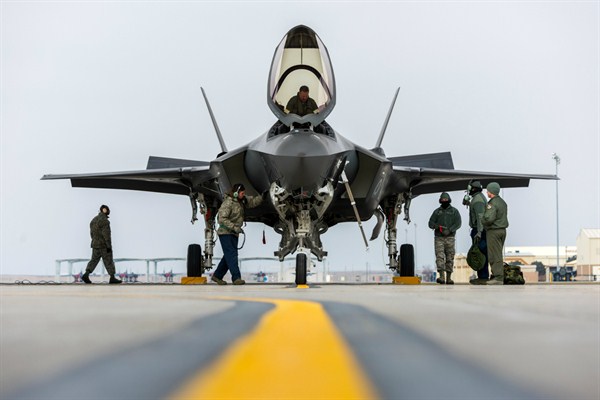Intellectual property: It sounds boring, but its protection has become one of the cornerstones of U.S. economic policy. And now, it may have an impact on how the Pentagon thinks about the future of technology.
In recent years, the big push for international intellectual property protection came about through the concerted action of a group of powerful, well-connected American corporations. These corporations had determined that they could make a great deal of money—or at least stop the loss of a great deal of money—by putting crucial intellectual property protections into international law. Washington has embraced this idea, making intellectual property a central part of every major trade agreement of the past decade.
It wasn’t always this way. It’s fair to say that the United States has, historically, displayed some inconsistency regarding the virtues of intellectual property protection. Going back to the 18th century, the U.S. government established a reasonably robust system for patent protection within the United States. The framers of the Constitution expected this system to help drive innovation, increasing national wealth and power. However, they had little regard for the intellectual property of others: The trade secrets and patents of the British, in particular, were viewed as more than fair game.

